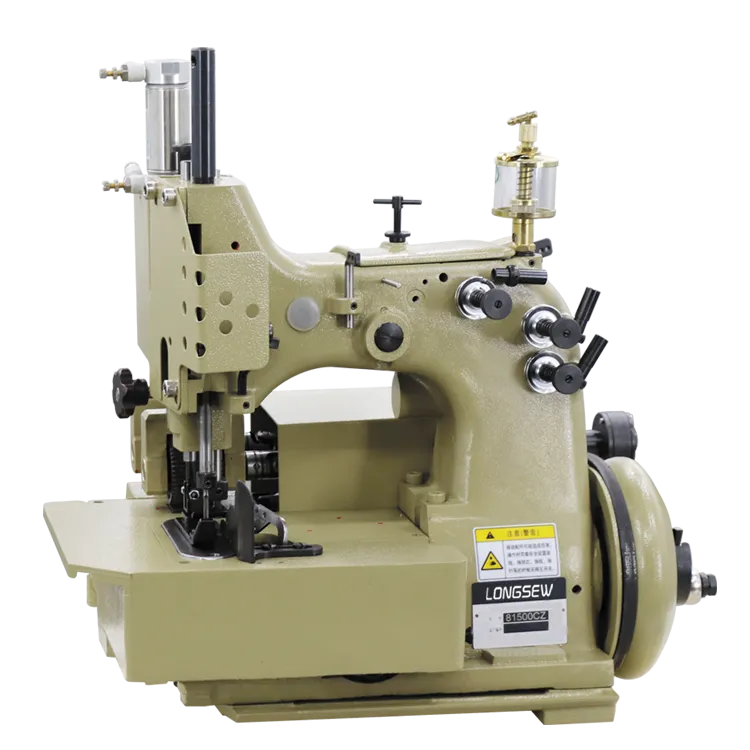what's the difference between an overlocker and a serger
What’s the Difference Between an Overlocker and a Serger?
The world of sewing can be quite intricate, especially when it comes to understanding the various machines available. Among these machines, the terms overlocker and serger are frequently used and often lead to confusion. While they are closely related, these two types of machines serve different purposes and have distinct features. This article aims to clarify the differences between an overlocker and a serger, making it easier for both novice and experienced sewists to choose the right tool for their projects.
Definition and Functionality
At its core, an overlocker is a type of sewing machine designed primarily for finishing edges and preventing fabric from fraying. It does this by trimming the fabric edges while simultaneously enclosing them in thread, creating a professional-looking finish. Overlockers typically use multiple threads—often three or four, but some models can use up to eight threads—to produce strong seams that can stretch with the fabric, making them ideal for knit fabrics.
On the other hand, the term serger is often used interchangeably with overlocker, especially in the United States. However, some might argue that a serger is a more specific term used for certain types of overlock machines that operate under distinct characteristics. For instance, while all sergers are overlock machines, not all overlockers are sergers. In the strictest sense, a serger typically refers to a more advanced variant of an overlocker that offers additional features like differential feed, which is crucial for sewing/stretching various fabric types uniformly.
Key Features
When discussing the key features that differentiate an overlocker from a serger, several aspects come into play. As previously mentioned, sergers often come equipped with differential feed, allowing the user to adjust the feed dogs' movement speed. This feature is essential for preventing fabric from stretching or puckering, making sergers particularly suitable for lightweight and stretchy fabrics.
what's the difference between an overlocker and a serger

Moreover, sergers typically provide a more extensive range of stitch options, including rolled hems and flatlock stitches. This versatility makes them a favorite among sewing enthusiasts who work extensively with various materials. On the other hand, most basic overlockers focus on simpler edge finishes, which might limit their use in complex sewing projects.
Ease of Use
Both overlockers and sergers can have a steeper learning curve compared to traditional sewing machines, but the additional features of a serger might make it seem more daunting. However, many modern machines come with helpful guides and easy threading systems that simplify the learning process. When selecting between the two, it’s important to consider your sewing experience and the level of complexity you are comfortable handling.
Choosing the Right Machine
Ultimately, the choice between an overlocker and a serger hinges on your specific sewing needs and preferences. If you are primarily concerned with basic edge finishing and sewing lightweight fabrics, a standard overlocker may suffice. However, if you aspire to tackle a broader range of projects and desire more advanced features, investing in a serger could be worthwhile.
In conclusion, while overlockers and sergers share similarities, they are distinguished by functionality, features, and intended use. Understanding these differences enables sewists to make more informed decisions and ultimately enhances their sewing experience. Whether you opt for an overlocker or a serger, both machines are invaluable additions to any sewing room, ensuring quality finishes and professional results.
-
Industrial Cylinder Arm Sewing Machine: Revolutionizing Heavy-Duty SewingNewsJul.28,2025
-
Cylinder Arm Sewing Machine: Perfect for Special Sewing ApplicationsNewsJul.28,2025
-
Cylinder Bed Sewing Machine: Essential for Sewing Complex MaterialsNewsJul.28,2025
-
Heavy Duty Sewing Machine: The Essential Tool for Industrial ApplicationsNewsJul.28,2025
-
Computerized Pattern Sewing Machine: Revolutionizing Precision StitchingNewsJul.28,2025
-
Heavy Duty Industrial Sewing Machine: Power Meets PrecisionNewsJul.28,2025
-
Leather Sewing Machine: The Industrial Standard for Tough MaterialsNewsJul.18,2025





























